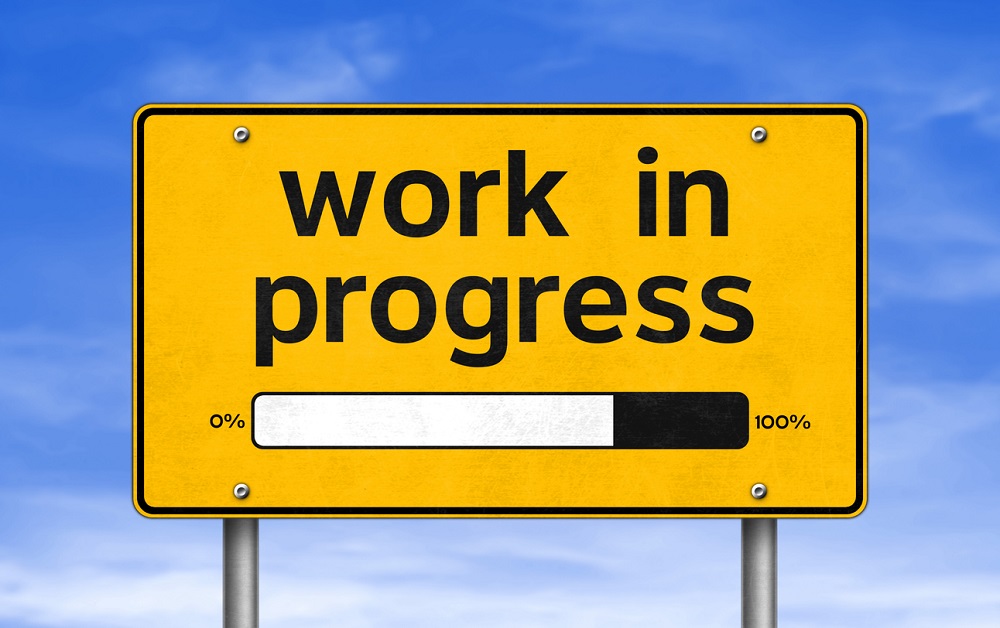What is Situational Leadership, and why does it matter? Situational Leadership is a style developed by Kenneth Blanchard and Paul Hersey in the ‘70s. It reveals how leaders and managers benefit from changing their style to fit the situation and the people they’re leading.
It’s a lot like marketing. When you communicate in a way that suits a specific audience’s needs and context perfectly, your messages have a lot more power and influence. Similarly, Situational Leadership involves changing your communication style to suit the situation, rather than use the same style and expect everyone to ‘get’ where you’re coming from. It is about knowing too, about how those individuals that you are leading or managing and where they are on their capability curve.
This means your leadership and way of managing will flex and change to meet the needs of others based on their situation and context. It is about what is effective for people you are dealing and the context you are in, rather than simply sticking to your preferred approach.

All about Situational Leadership – Targeting people with the right messaging
Ask yourself what is the best way to lead a group? It depends. Talented leaders understand people’s context and change their leadership style accordingly. And that’s the basis of Paul Hersey and Ken Blanchards’ Situational Leadership Theory, created to help managers manage better and leaders lead better.
In this blog we focus on the original theory, which was later developed into separate models by its creators. Let’s break things down.
First, analyse the task

Sometimes it’s vital to get something done in a particular way, or to a specific timescale. Other times it isn’t so important. Sometimes people will just get things done without needing help. Other times they need more of a steer in the right direction. Your first question is, as a leader, how much emphasis you put on the task. It’s usually common sense. The more important a task is, the more you’ll need to be involved.
Second, think about the socio-emotional aspects
How much support do you need to give people? Maybe they really need to get along with each other or the goal will never be achieved. Perhaps people need to feel good about the things they’re doing, or feel positive about change, or need help to feel good about themselves.
Third, consider people’s readiness level
Most important of all, you need to always consider people’s readiness for the task as individuals, whether it’s a specific task, someone’s function, or an objective. Also called the Maturity or Development level, it’s all about Follower Readiness… and this is where the magic starts.
Can you pin down how ready an individual is to do the task in hand? Being ready for a task involves Competence and Confidence. Combine the two and you get four situations. A person might start off feeling low on confidence and competence. It’s common during the first few weeks at work when you’re climbing a steep learning curve, or when an existing role suddenly includes new responsibilities. The longer you do the job, the more your skills develop. Eventually you’re comfortable and confident. But maybe you’re still not 100% happy doing it on your own.
Spend more time doing the job and your confidence and competence will increase more and you’ll feel good about yourself. While you’re competent and confident, you might need more experience to make important decisions alone.
Some experts say it takes a new hire 3-6 months to get to grips with their role. Eventually you’ll develop high levels of confidence and competence. And that means you’ll need less support. 1-2 years later you’re probably fully productive – and it feels wonderful.
These levels are called D1, D2, D3, and D4, as you can see in this chart.

Most important of all, you need to always consider people’s readiness for the task as individuals, whether it’s a specific task, someone’s function, or an objective. Also called the Maturity or Development level, it’s all about Follower Readiness… and this is where the magic starts.
Can you pin down how ready an individual is to do the task in hand? Being ready for a task involves Competence and Confidence. Combine the two and you get four situations. A person might start off feeling low on confidence and competence. It’s common during the first few weeks at work when you’re climbing a steep learning curve, or when an existing role suddenly includes new responsibilities. The longer you do the job, the more your skills develop. Eventually you’re comfortable and confident. But maybe you’re still not 100% happy doing it on your own.
Spend more time doing the job and your confidence and competence will increase more and you’ll feel good about yourself. While you’re competent and confident, you might need more experience to make important decisions alone.
Some experts say it takes a new hire 3-6 months to get to grips with their role. Eventually you’ll develop high levels of confidence and competence. And that means you’ll need less support. 1-2 years later you’re probably fully productive – and it feels wonderful.
These levels are called D1, D2, D3, and D4, as you can see in this chart.
The freedom to ask for what you want, instead of always waiting for permission
Directive behaviour is plotted on the x-axis, left to right, from low directive behaviour to high. Supportive behaviour is plotted on the y-axis, from low at the bottom to high at the top. When you divide the chart into four squares, you can plot someone’s Readiness. It’s clear how someone progresses as they learn and become more independent.
D1 level
The bottom right corner is high directive, low supportive. It’s your D1 level of Readiness, someone with few skills therefore low competence and confidence. This type of person appreciates a directing or ‘telling’ leadership style, where they’re told what to until they can do it themselves.
D2 level
The top right corner reveals highly directive and highly supportive behaviour, a D2 readiness level involving someone who’s been doing the work for a while and has better skills and confidence.
D3 level
To boost a person’s skills and confidence further you’d use the Coaching style, also called Selling style. This is the D3 level, where there’s low direction but lots of support.
D4 level

D4 involves low direction and low support, where the employee is capable of carrying out their role with confidence and competence. At this stage they might even get creative, which is great for the business!
As you can imagine people sometimes go backwards into less confident, less competent territory if something changes, they need to re-learn something or learn it differently, or grasp something completely new. At this point you can come back to give them more direction. It’s unlikely they’ll drop back to D1 but may find themselves in a D2 or D3 situation.
Why change your leadership style to suit individuals
People grow, change, and develop. They change roles. No two employees are the same, nor are the contexts they work in. You need to adjust to the changes and flex your communication style alongside them.
When you know how to identify someone’s readiness based on their competence and confidence, you can change your leadership style so it has the strongest positive impact. And that’s what being a really effective leader is about.
Patricia Jenkinson, Communication Professor Sacramento City College and California State University, has made this great video, which explains everything wonderfully clearly.
Flex and bend your leadership style for the best results
Flexing your leadership style to suit those around you means what you do will be more impactful and effective. You can consciously move people from very little confidence and competence to high levels of both, a journey to becoming a high-functioning person who’s a real benefit to the company. As a better leader you’ll enjoy your work more as a result. Everyone wins.
We can help you broaden and enhance your leadership. Contact us for coaching support in applying the key Situational Leadership factors.
About us:
We create the space for leaders to step back, think clearly, and navigate complexity with confidence. By sharpening the narrative that drives decisions, teams, and performance, we help leaders move forward with clarity and impact. Our approach blends deep listening, incisive challenge, and commercial focus—strengthening leadership at every level, from business transformation to boardroom decisions.
“We share resources that help coaches deepen their practice and expand their impact. The articles on this site are designed to spark fresh thinking, offer practical tools, and support the continuous growth of coaches at every stage. “
Jude Elliman
Founder
Our Core Approach:
We work with leaders to sharpen their thinking, strengthen their leadership, and navigate complexity with confidence. Our approach is built around three core areas:
Narrative Coaching – Working with the stories that shape leadership, teams, and organisations.
Commercial Focus – Cutting through complexity to drive clear, strategic decisions.
Challenge & Space – Asking the right questions while creating the space to reflect and grow.
Through this, we help leaders drive transformation, align teams, and make high-stakes decisions with clarity and impact.
